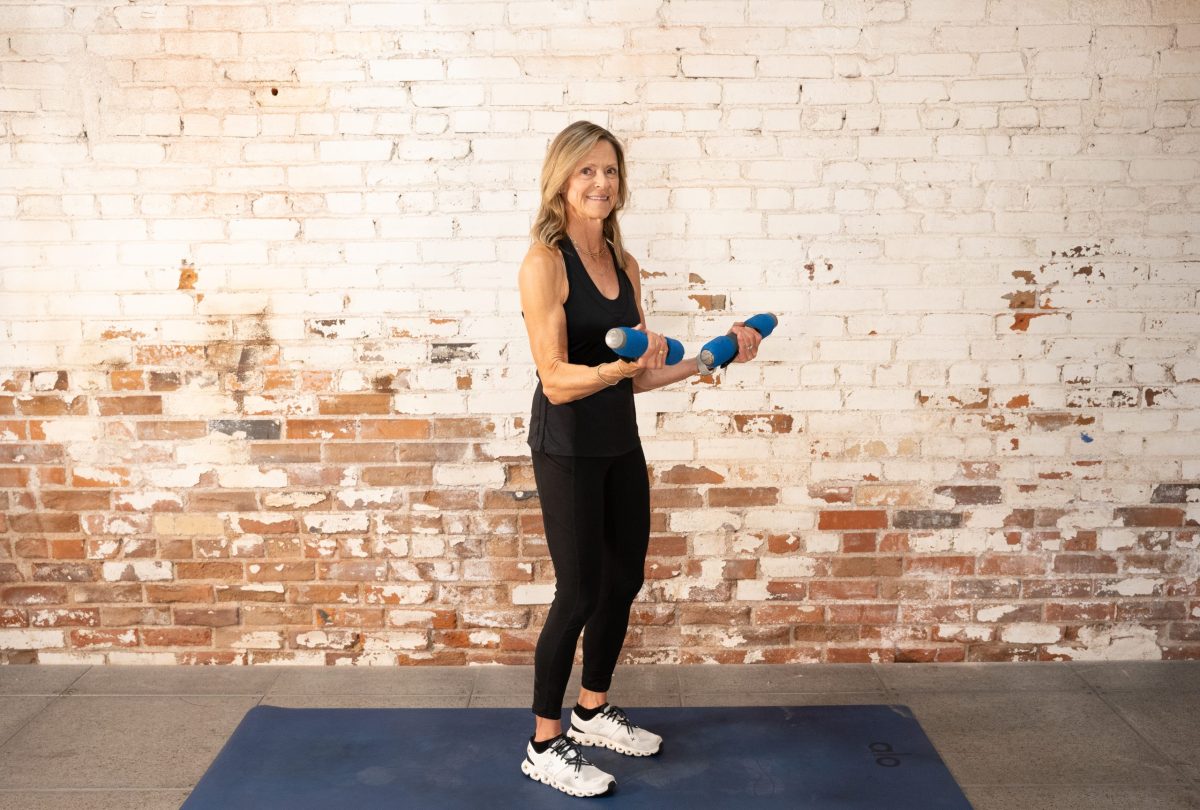Picture your ideal life in 5 years. What does it entail?
I have a feeling it involves fully engaging in life’s joys. For you, it might mean playing with grandchildren, tending to a garden, or traveling the world.
Now…imagine you have chronic back pain.
Does it change your vision?
Despite its crucial role in keeping us upright and mobile, the back often gets overlooked…until the aches and pains start. Back pain can have a TREMENDOUS effect on quality of life. Not only does it bring physical discomfort, but it also takes a toll on our mental well-being and independence.
The American Chiropractic Organization (ACO) estimates that 31 million Americans experience low back pain at any given time. It reports that back pain is the leading cause of disability worldwide and one of the most common reasons for missed work.
But here’s the good news: many cases of back pain are preventable through proactive measures.
One of the BEST ways to build back strength is by building core strength. Why? Because our core and back muscles work together to support our spine and maintain proper alignment. When the core is weak, our back muscles may be put under excess strain, leading to imbalances and potential injury.
Studies show that if you consistently & properly exercise your back and abdominal muscles, you decrease your chances of back pain and the need for surgery. When I learned 80% of back surgeries could have been prevented through proper core work, I made it a priority to include core-strengthening exercises in my fitness routine.
I want to share three core-strengthening exercises to help preserve your back health for the years to come:
1.) Planks

Ahhhhhh – the classic plank. A fan favorite, right?
Proper Form:
Begin by positioning yourself face down on the floor or a yoga mat. Place your hands or elbows directly beneath your shoulders. If you are on your hands, place palms flat on the floor, fingers spread apart. Your elbows should be straight but not locked.
Extend your legs straight behind you, toes tucked under, and engage your core muscles to lift your body off the ground. Your body should form a straight line from your head to your heels.
Focus on contracting your abdominal muscles, drawing your belly button toward your spine. Imagine bracing your core as if someone were about to punch you in the stomach. This engagement helps stabilize your spine and prevents your lower back from sagging.
Hold the plank position for the desired duration. Beginners may start with 10-20 seconds and gradually increase the time as they build strength and endurance. Aim for quality over quantity, maintaining proper form throughout the hold.
When you’re ready to release the plank, gently lower your knees to the floor, then relax and stretch any tight muscles.
2.) Bird-Dog

Proper Form:
Start in the same position as the plank, with your hands directly beneath your shoulders, and knees should be aligned with your hips. Your head should be in line with your spine, and your gaze should be down at the floor.
Reach your right arm straight out in front of you while extending your left leg straight back behind you. Inhale as you slowly return your arm and leg to the starting position, bringing your knee and elbow back toward each other without touching the ground. Keep your body steady and balanced.
Repeat the exercise on the opposite side, extending your left arm and right leg this time.
Aim to perform 8-12 repetitions on each side, gradually increasing the number as you become more comfortable with the exercise.
3.) Crunches

Proper Form:
Lie on your back on a mat or comfortable surface. Bend your knees and place your feet flat on the floor, hip-width apart. Keep your arms relaxed by your sides or crossed over your chest. Engage your abdominal muscles by pulling your belly button into your spine, and be sure to keep your lower back glued to the ground.
While working as a fitness instructor, I would often attend other instructors’ classes to see their teaching styles and how they encouraged proper form.
I reallllyyyy liked how one instructor encouraged us to protect our backs when doing leg raises.
She told the class to imagine there was a $100 bill between their back and the ground; if we lifted our backs even slightly, it would fly away.
Inhale to prepare, then exhale as you slowly lift your upper body off the mat, curling your shoulders towards your pelvis. Focus on using your abdominal muscles to lift, rather than pulling with your neck or using momentum.
As you become more advanced, you can incorporate variations of the crunch, such as bicycle crunches, reverse crunches, or squeezing an exercise ball between your knees.
Especially as I’ve grown older, I’ve come to view the freedom to participate in activities that bring joy as one of the greatest blessings. Not a day passes that I don’t thank the Lord for the independence that my health allows. And I am determined to do all I can to protect myself from conditions that prevent me from living life to the fullest.
When we don’t activate our core muscles, we risk injuring our lower backs. Overall, a strong core is essential for maintaining a healthy back and reducing the risk of back pain and injury. Regular core-strengthening exercises, such as abdominal crunches, bird-dogs, and planks, can help improve core strength and protect your back.
Ready to start?
Try out this 18-minute Abs and Back workout!











